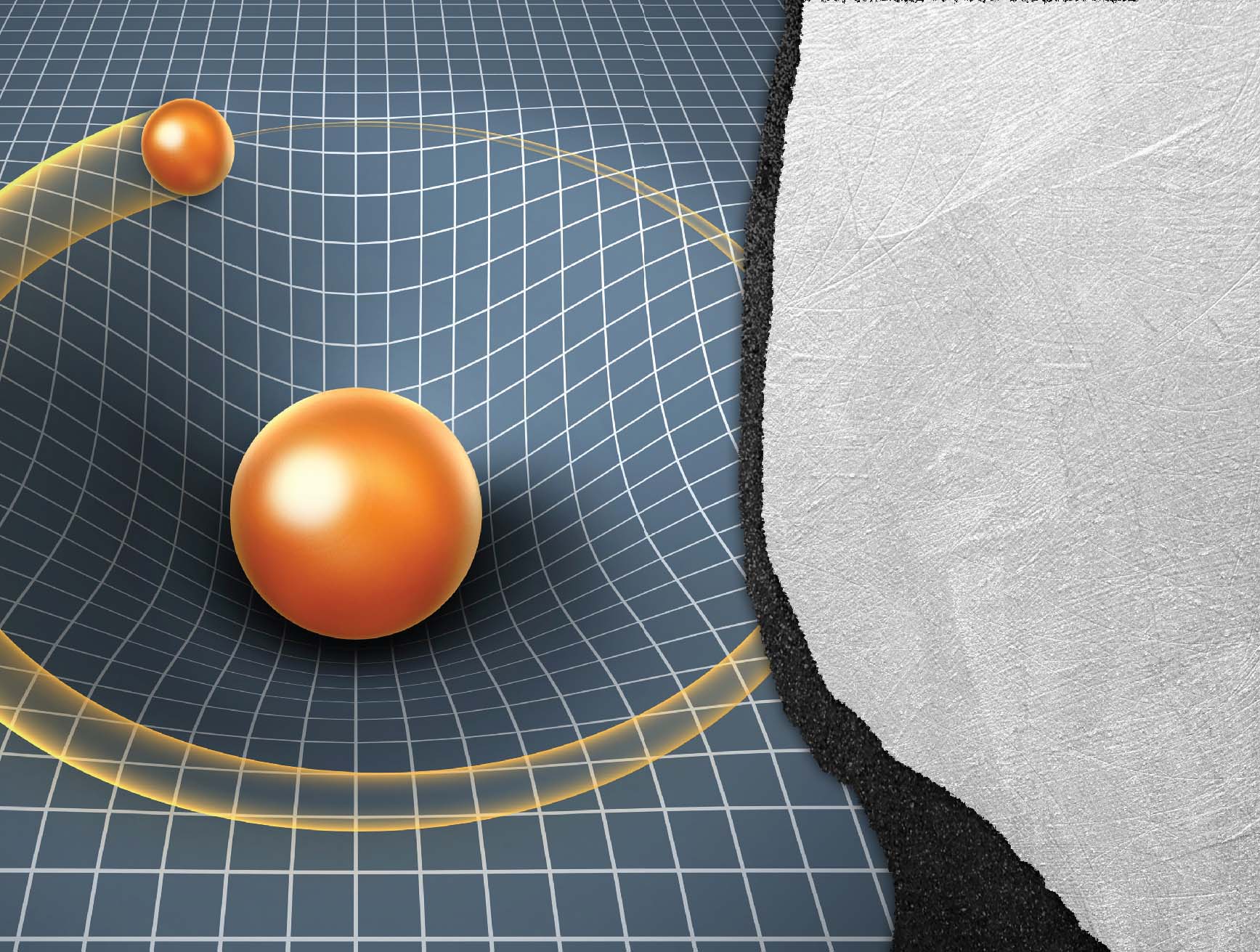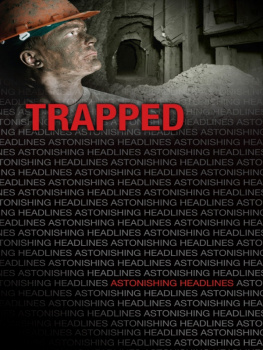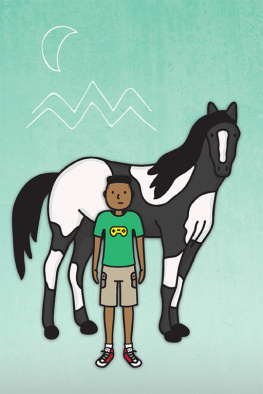Contents


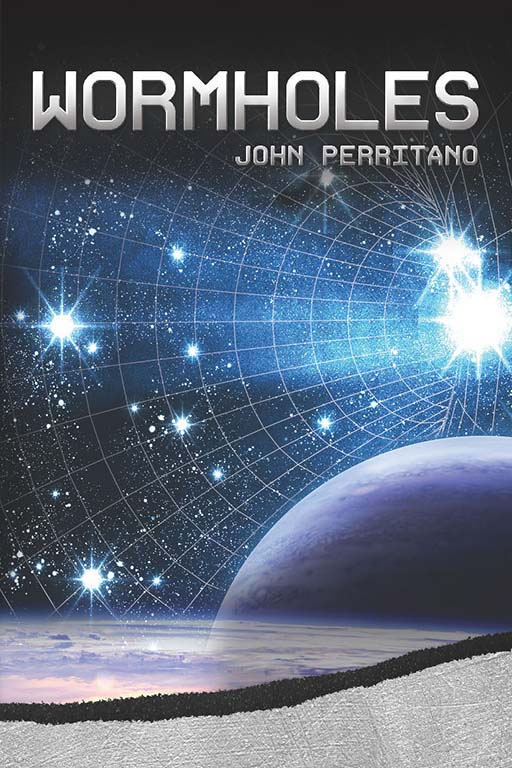

Chapter 1
A GALAXY FAR AWAY
Three! Two! One!
Blast off!
The rocket roars.
Slowly it climbs into the sky.
It rattles.
It shakes.
Upward.
Higher!
Faster!
The sky turns colors.
First blue.
Then violet.
Now black.
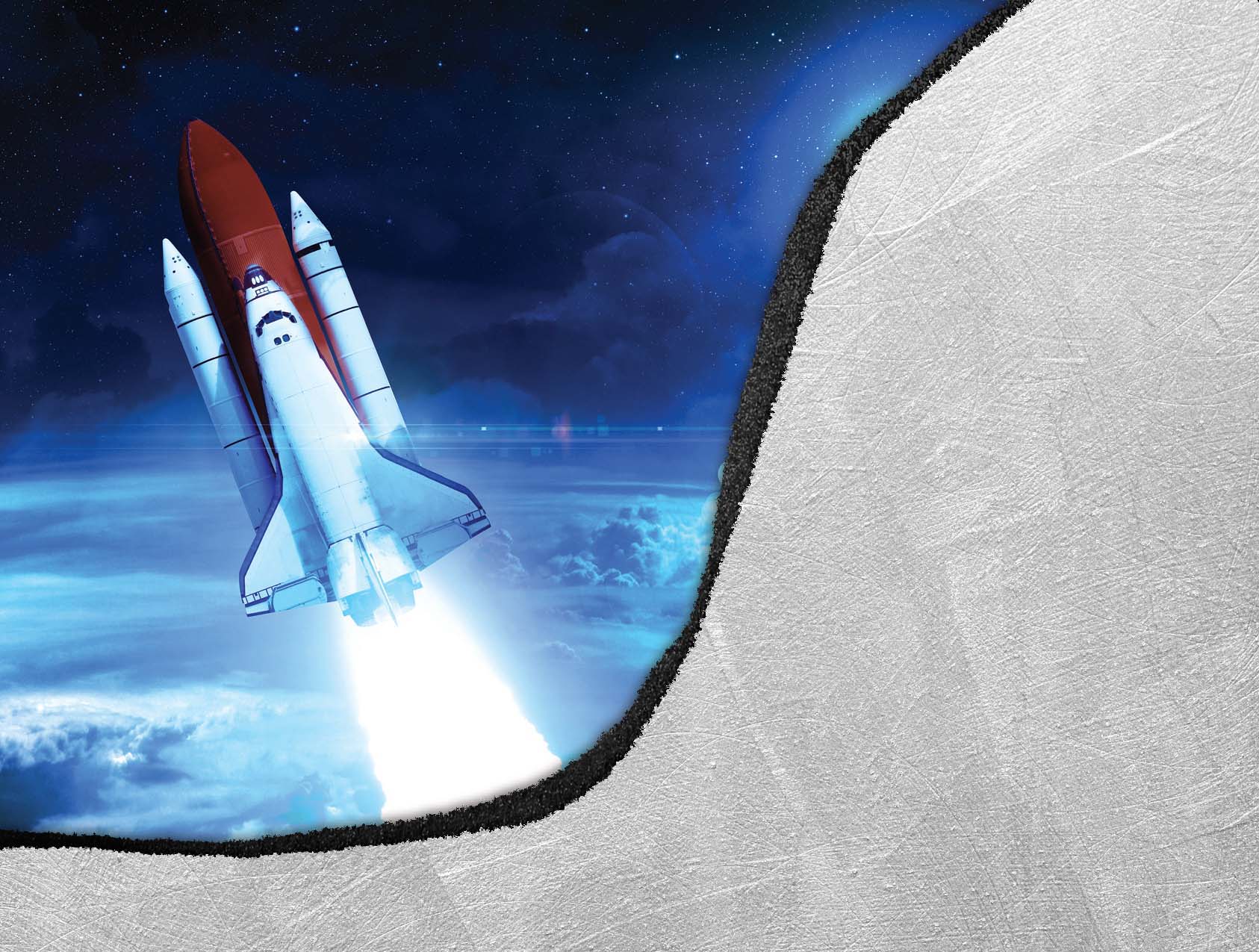
is dark.
Stars shine above.
Earth spins below.
The rocket soars.
sit inside it.
Where are they going?
They are off to another
Its two million light years away.
A light year is the light travels in one year.
That is six trillion miles.
Light is the fastest thing we know of.
It travels 186,000 miles per second.
Nothing can move as quickly.
Not even a rocket.
So how can this one travel two million light years?
MAD SCIENCE
Light travels seven times around Earth in one second.
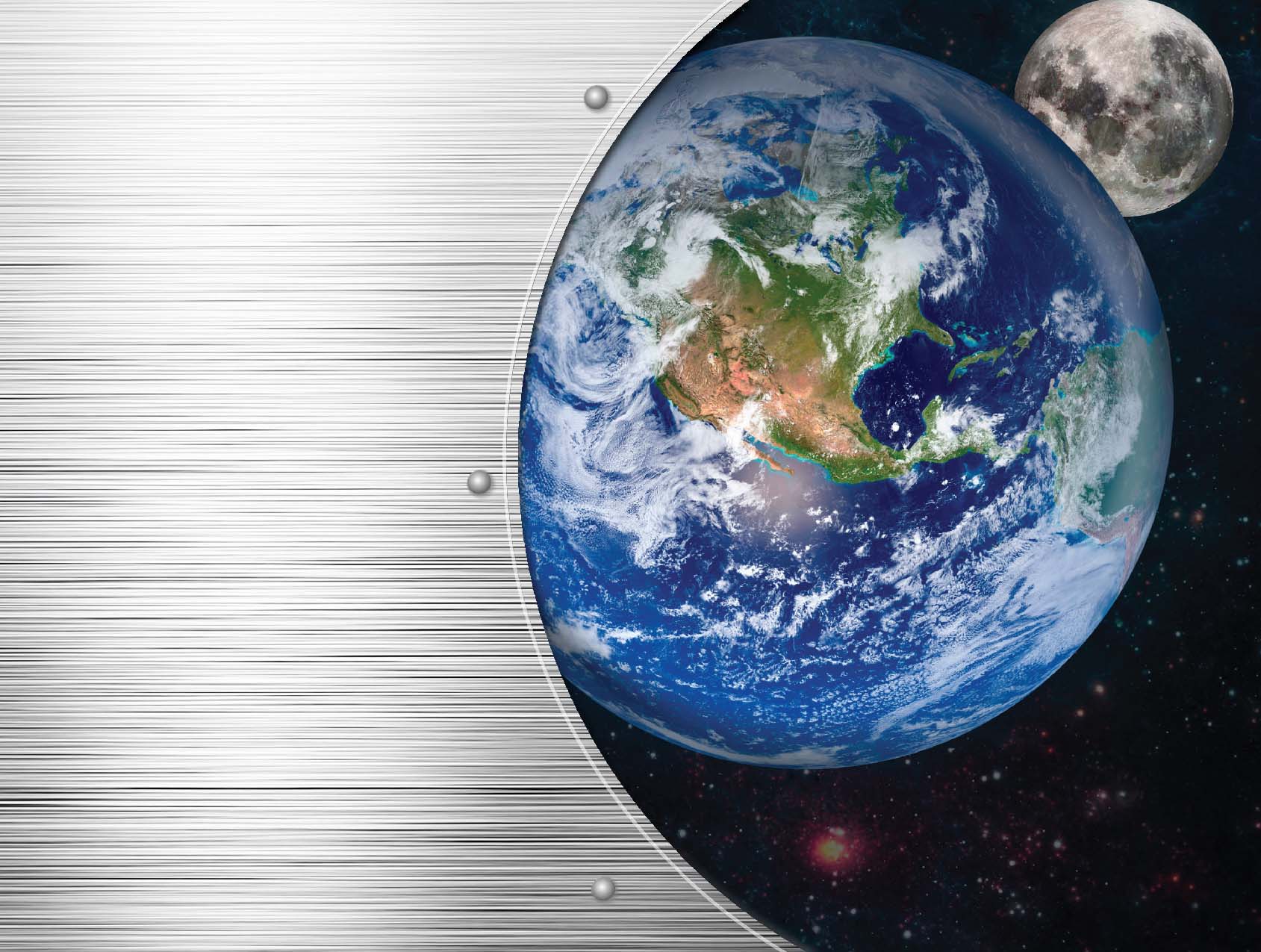
The trip will last only a few seconds.
Surprised?
Its all due to a .
One that is just up ahead.
There it is.
A .
Its opening is near Earth.
Where does it ?
Next to the other galaxy.
The astronauts make the trip.
They smile.
The wormhole made space travel easy.
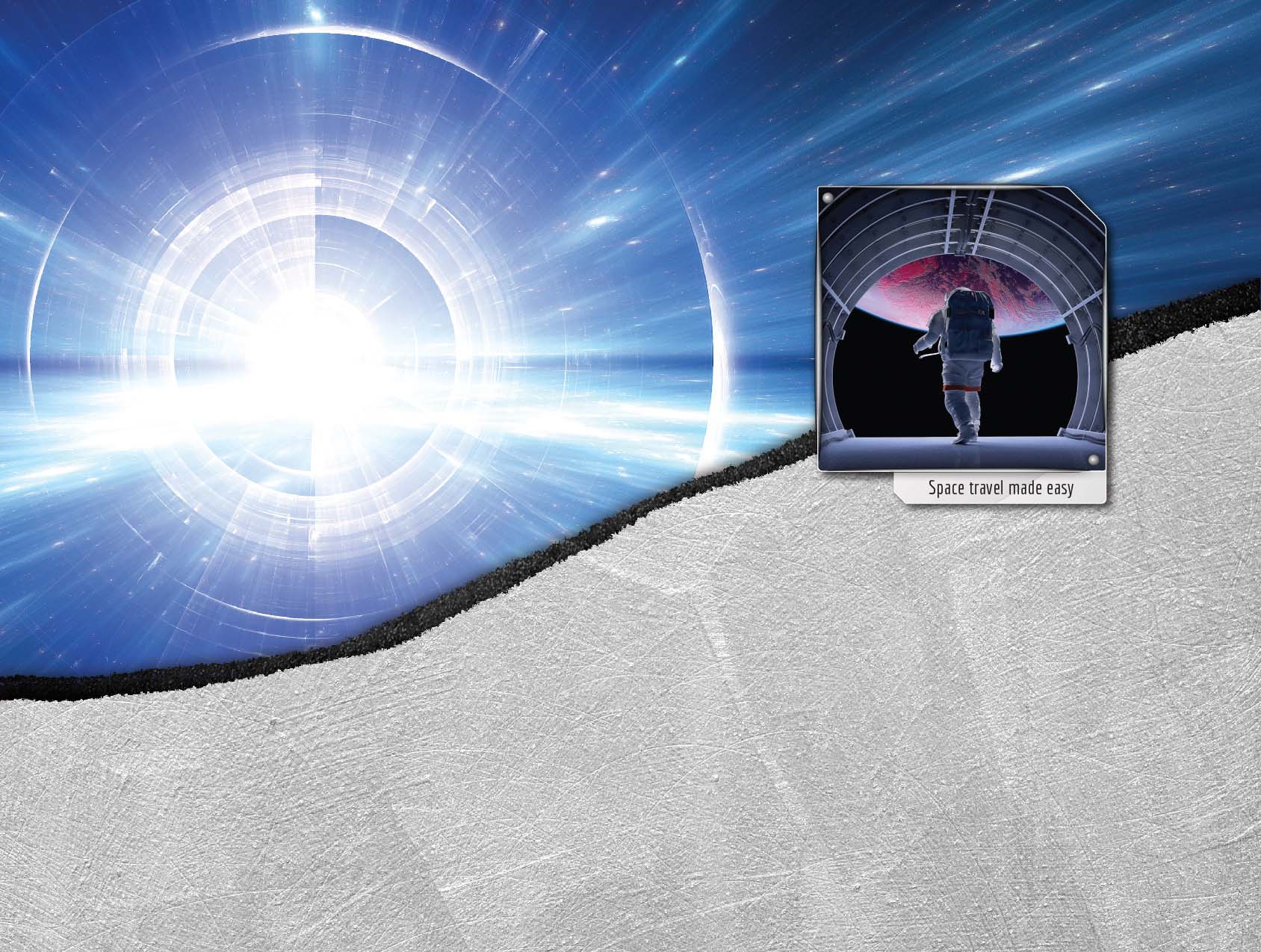
There are many things in space.
Planets.
.
.
How do we know?
People have seen them.
But no one has seen a wormhole.
We dont know if they are real.
Some say they are.
Are they correct?
If they are, wormholes could change our lives.
We might travel quickly across the
Or even through time.
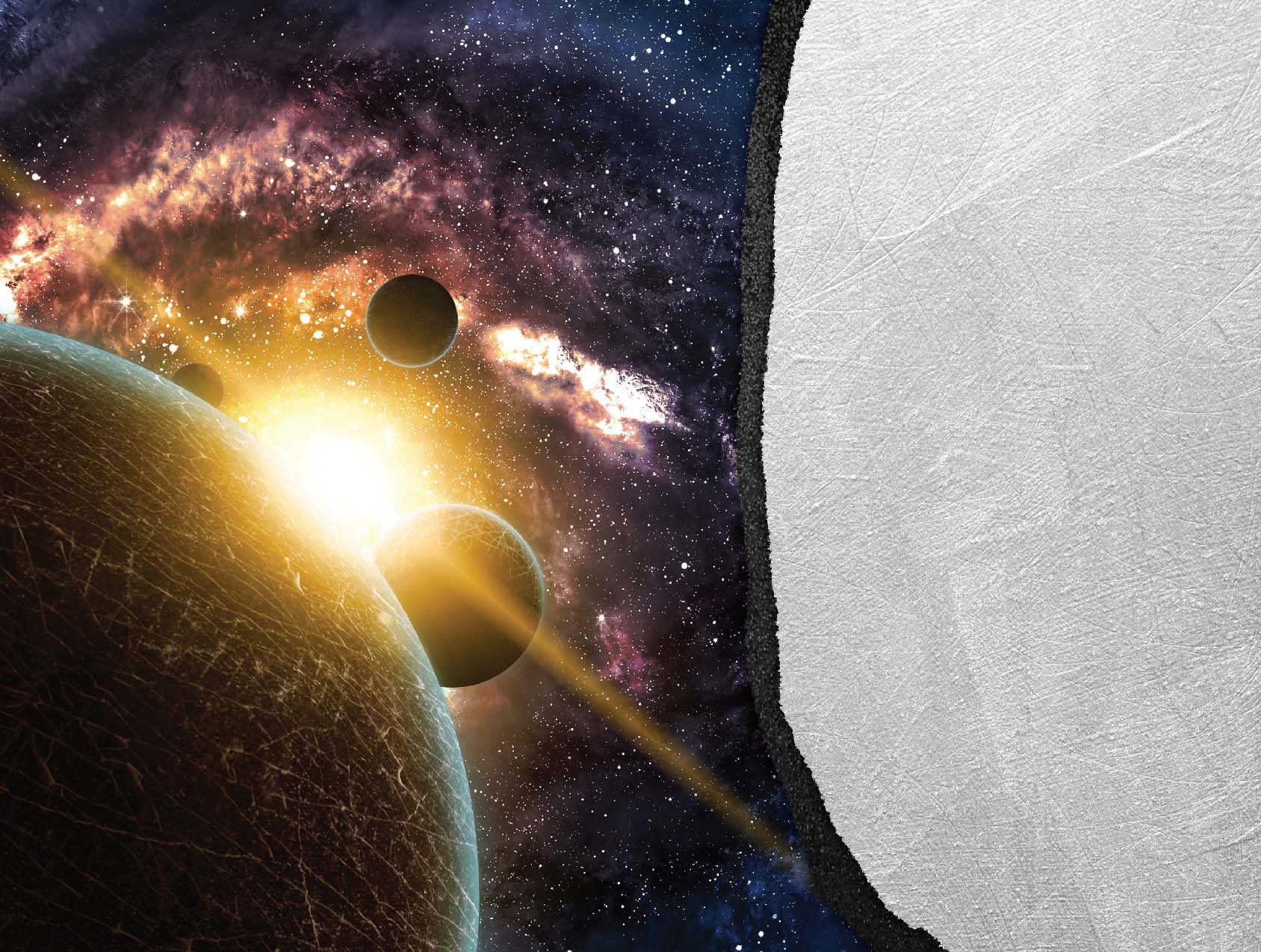
Chapter 2
THE UNIVERSE
One universe.
Thats all we have.
We all live in it.
Humans.
Animals.
Plants.
The universe holds many things.
Stars.
Galaxies.
Planets.
Space.
All the things you see, hear,feel, and smell.
Some say it looks like a ball.
Others say it is flat.
It might be curved.
No one knows for sure.
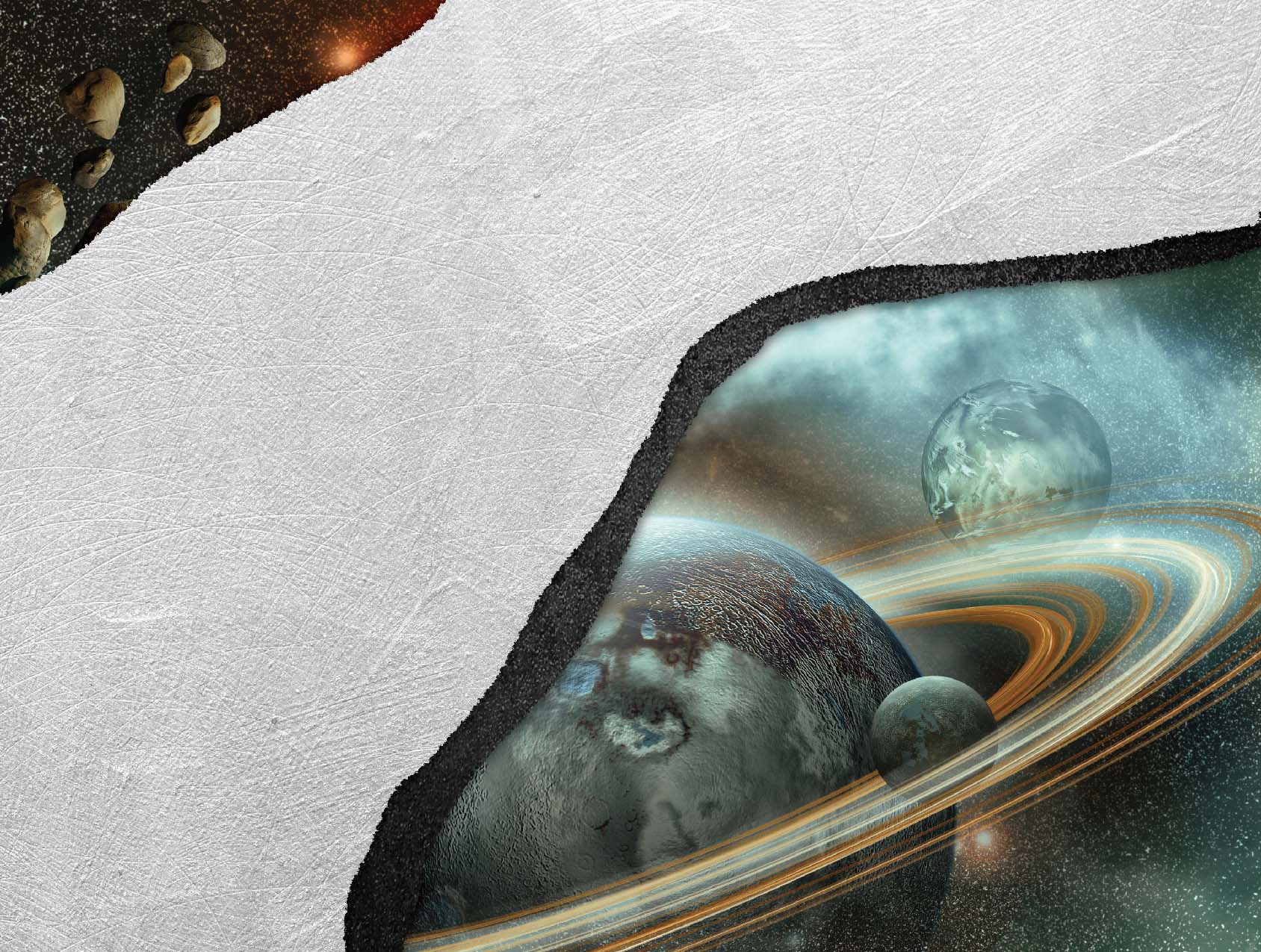
Where did the universe come from?
Many talk about the Big Bang.
It was a great explosion.
think it created the universe.
The blast threw out clouds of gas.
pulled it all together.
It created planets.
The moon.
Stars.
Earth.
Life as we know it began.
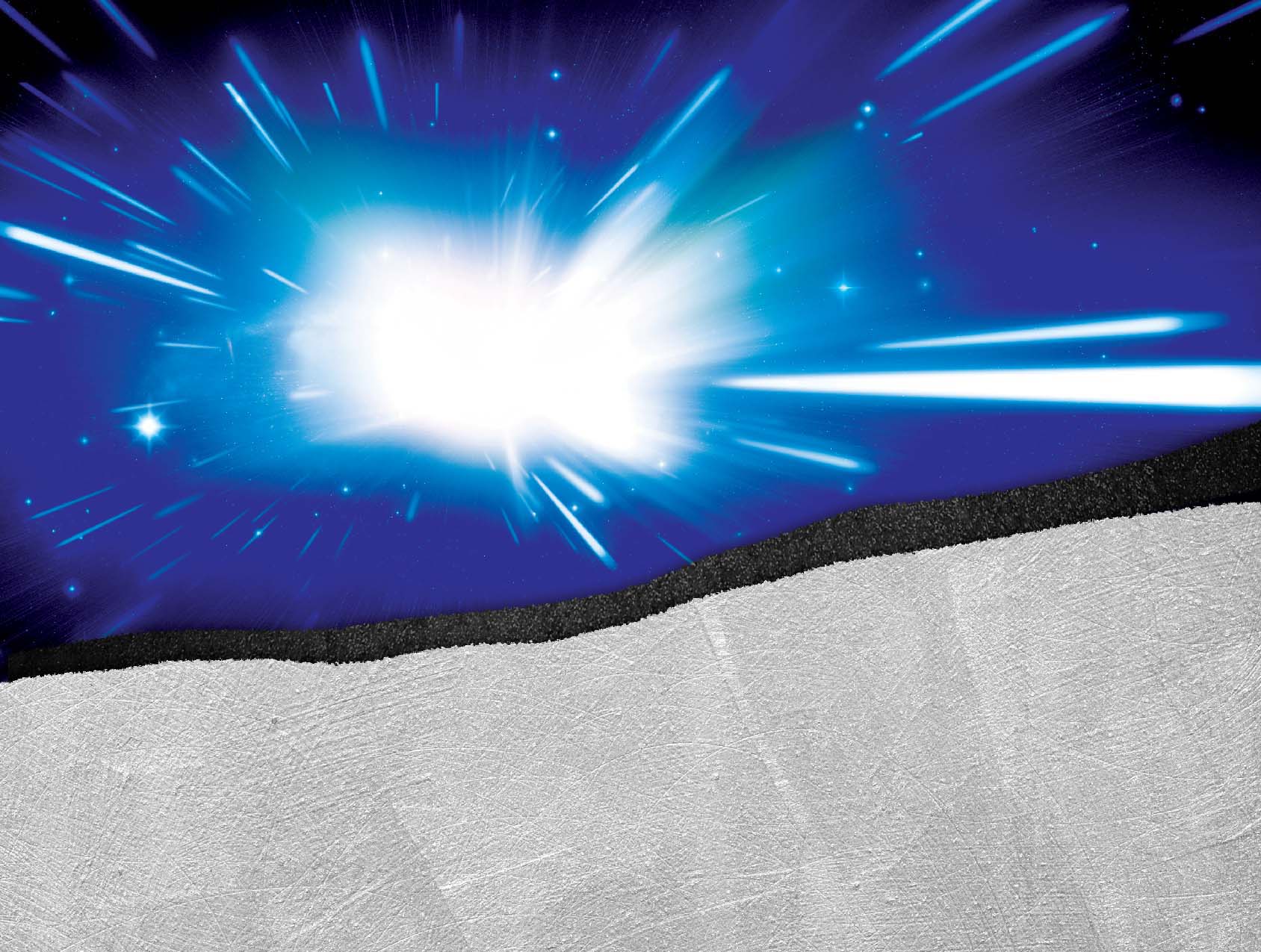
Chapter 3
GRAVITY AND ISAAC NEWTON
Gravity may have created wormholes too.
Imagine if it did.
We may have a way to explore the universe.
We may go places people only dream of.
We cant see gravity.
Still, we know its there.
Grab a book.
Let it go.
The book falls.
Gravity is at work.
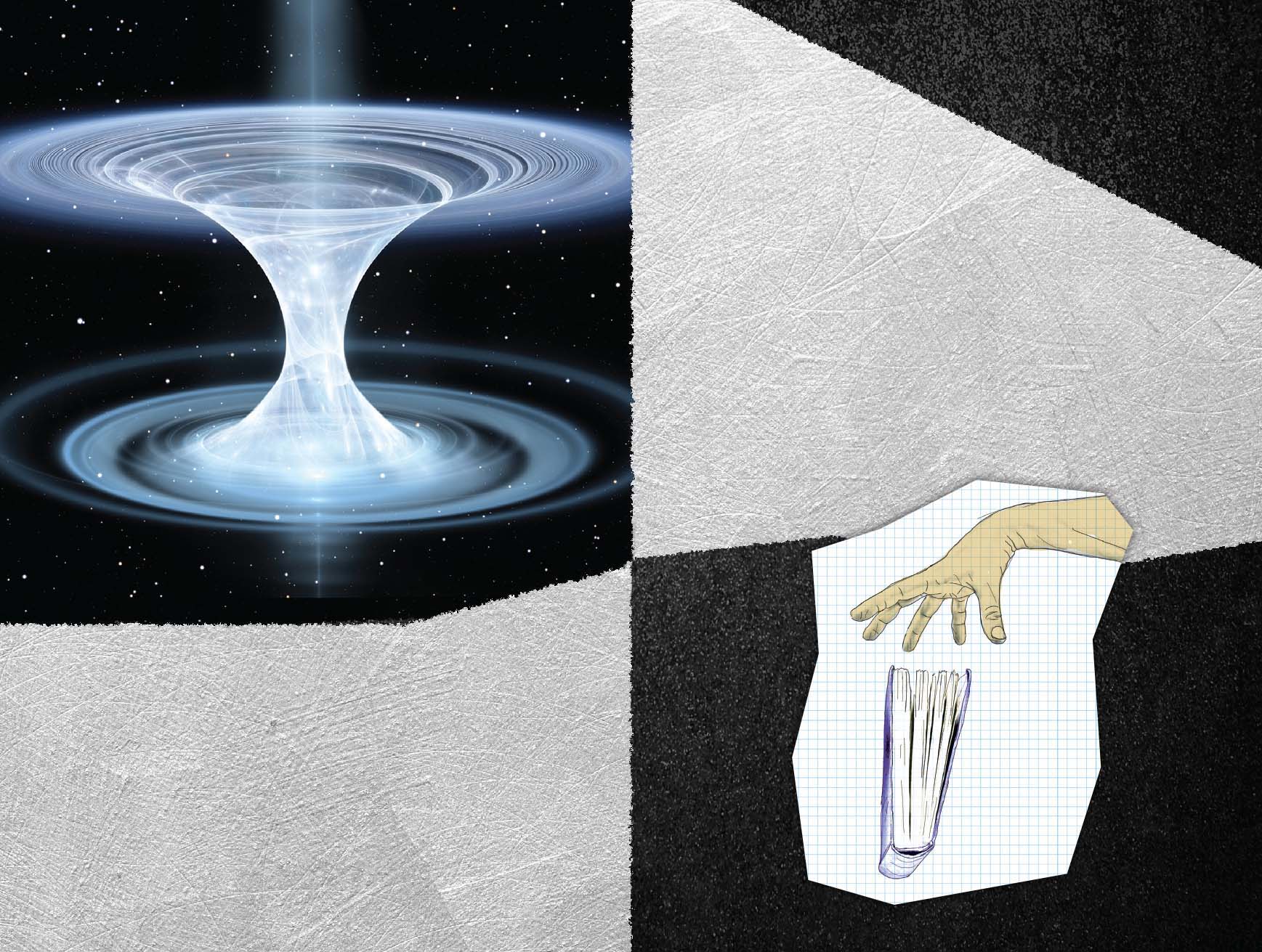
Gravity has always been with us.
But for a long time, no one knew about it.
Then Isaac Newton came along.
He was the first to study it.
Newton was born in England.
He lived in the 1600s.
He liked math.
One day he sat in a garden.
An apple fell from a tree.
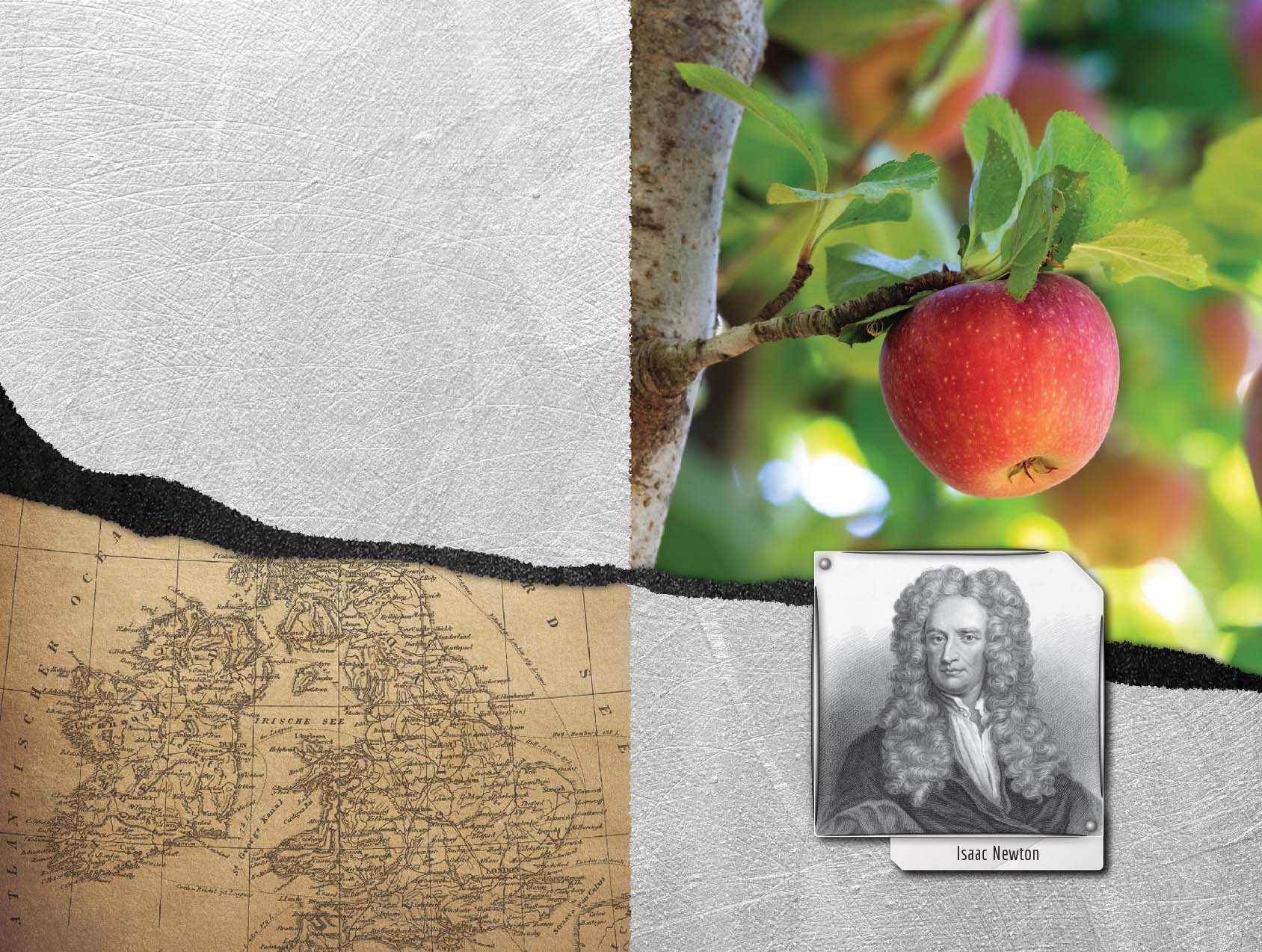
Kerrr-plunk!
The apple hit the ground.
It made Newton think.
He wanted to know why it fell.
He came up with a .
He said something pulled on theapple and made it fall.
He called this unseen force gravity.
Newton said all objects have gravity.
Thats because all objects have .
They are made up of small particles.
Some are made up of more particlesthan others.
MAD SCIENCE
Smaller objects can have moremass than larger objects.
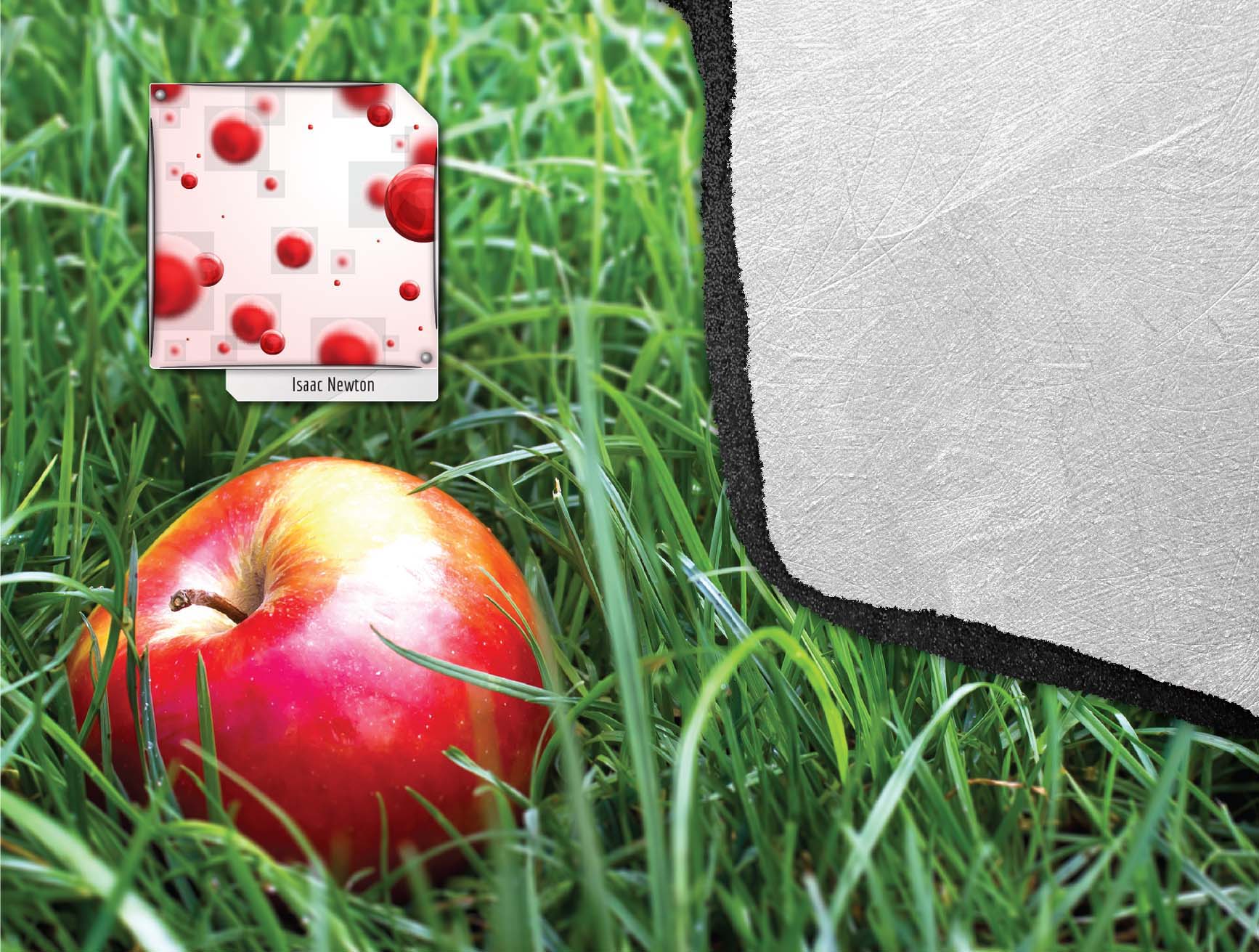
Earth has mass.
Earth has gravity too.
Gravity lets Earth hold everything close.
Trees.
Water.
Animals.
Air.
Gravity is why planets the sun.
Why apples fall to the ground.
It may be why wormholes form.
People liked Newtons theory.
Then came Albert Einstein.
It was the early 1900s.
He changed how we saw gravity.
He opened our minds to many things.
One was wormholes.
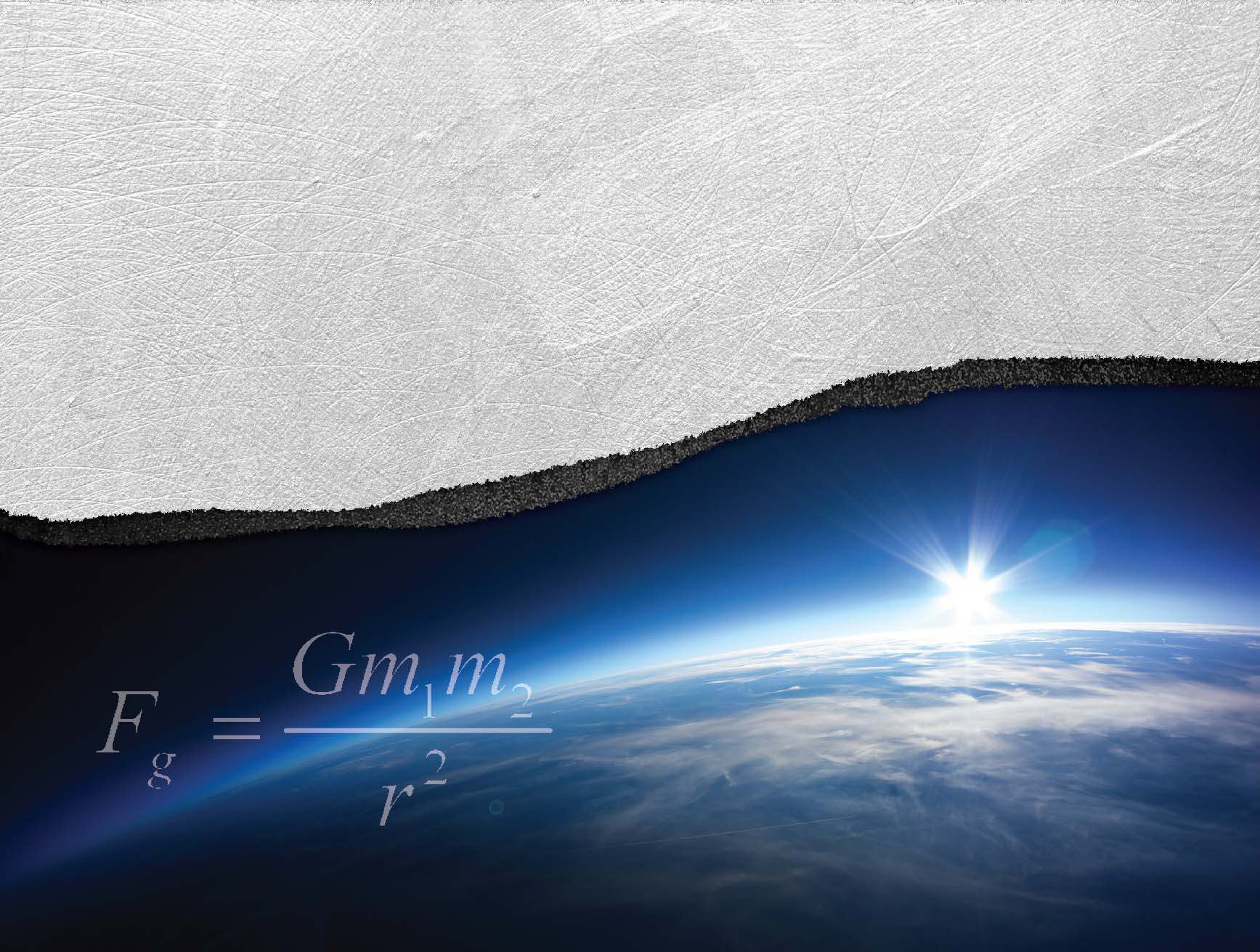
Chapter 4
EINSTEINS WORLD
Einstein was smart.
He solved hard puzzles inhis head.
Newtons theory of gravitybothered him.
He did not like it.
Newton said gravity traveledquickly through space.
Einstein said gravity tooktime to work.
He also said space and timeare the same thing.
He called it space-time.
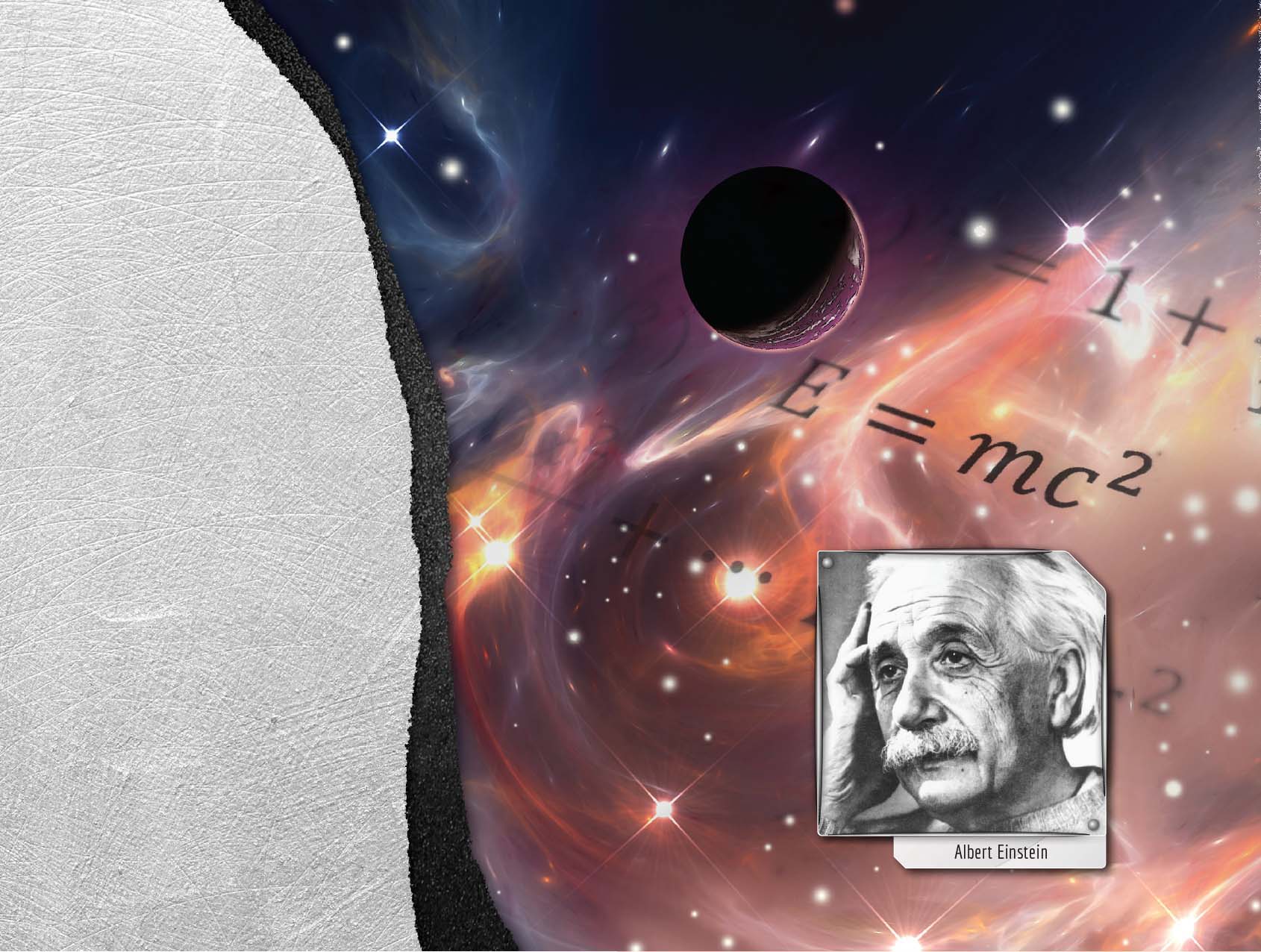
Think of planets.
Think of galaxies.
They are very large.
Einstein said large objects like these have a lot of mass.
They bend space-time.
They bend the universe.
Thats what makes gravity work.
Think of it this way.
Imagine you have a sheet.
Four people each grab a corner.
The sheet is pulled tight.
They put a bowling ball in the middle.
What happens?
The ball bends the sheet.
Why?
The ball has mass.
Roll marbles onto the sheet.
What happens now?
The marbles orbit the ball.
Newton would say gravity pulls themarbles toward the ball.
MAD SCIENCE
The moon has less gravitythan Earth. Thats why youwould weigh less on the moonthan on Earth.
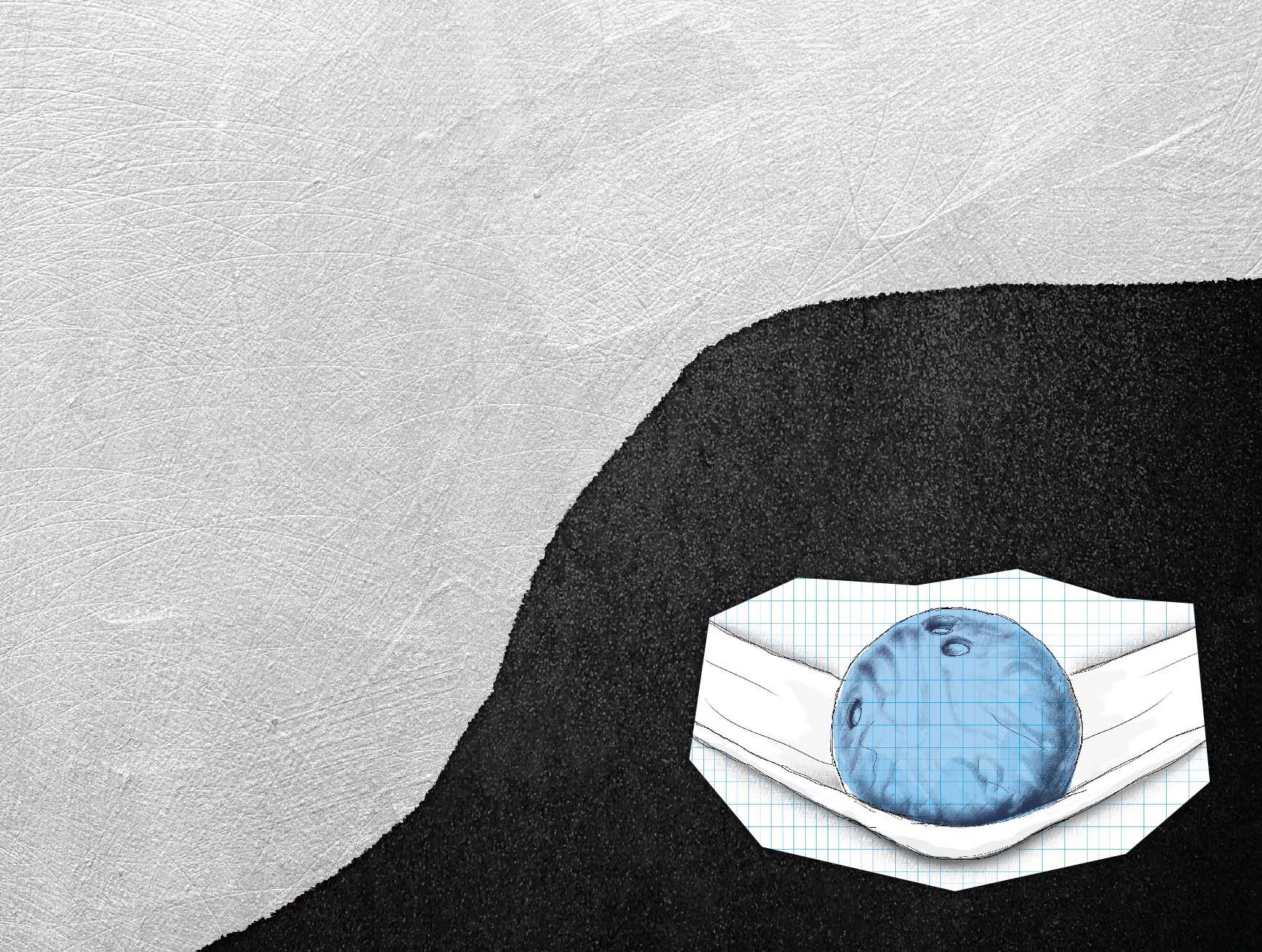
Einstein would say, No, it didnt.
The ball does not pull on the marbles.
Instead, the mass of the ball curves the sheet.
This curve is gravity.
Gravity is not a force.
It is a curve of space-time.
Thats why marbles orbit the ball.
Planets.
Stars.
Galaxies.
All have mass.
All curve space-time.
Just like the ball curves the sheet.
